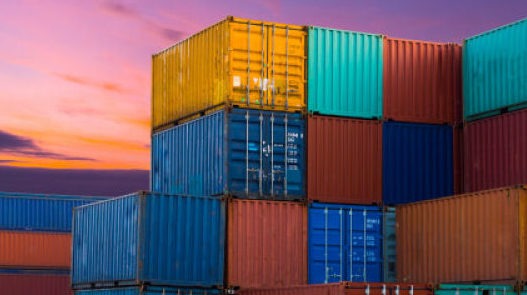The share of US imports from Asia sourced from China jumped to an eight-month high in May as US retailers rushed back to China for inventory replenishment once the country’s factories had fully reopened following widespread closures linked to the COVID-19 pandemic.
The recapture of market share for China shows how difficult it will be for US importers to shift sourcing to Southeast Asia to any significant extent, something that has been attempted during the two-year-old United States-China trade war. Retailers continue to rely on factories in China for the majority of their merchandise imports.
The share of Asia exports to the US sourced from China climbed nearly 8 percentage points, to 64.8 percent in May from 56.9 percent in April, according to PIERS. That’s the highest share since 65.5 percent in September 2019. The share of Southeast Asia imports declined to 20.9 percent in May from 25 percent in April.
US imports from Asia are still down considerably from last year due to the economic devastation caused by the coronavirus disease 2019 (COVID-19). Total imports from Asia declined 18.5 percent year over year in May, with volumes from China falling 18 percent and shipments from Southeast Asia dropping 15.3 percent, according to PIERS.
Trade war launched sourcing decline in China
China’s share of US imports from Asia began to decline in 2019 as the Trump administration imposed tariffs as high as 25 percent on imports from China. In January 2019, China’s share of US imports from Asia was 66.3 percent; by March 2020, that had dropped to 42.2 percent as many factories in China closed due to COVID-19. The primary beneficiary of the shift in sourcing was Southeast Asia, whose share of US imports from Asia increased from 18.7 percent in January 2019 to a peak of 33.6 percent in March 2020, before falling back to 20.9 percent in May.
Although US retailers and manufacturers are expected to continue expanding their sourcing in Southeast Asia, especially Vietnam, those countries are hampered by their inability to ramp up production due to the size of their labor forces, the time it takes to train workers, and limited port and transportation infrastructure. This is especially true of Vietnam, where most of the region’s growth has occurred so far.
Source: JOC


